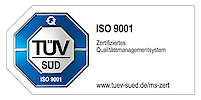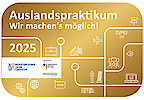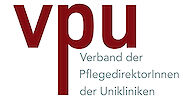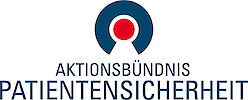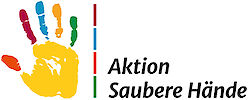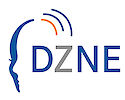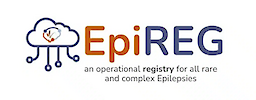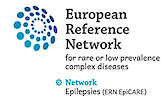
Dr. Marcel Bausch
Group Leader
Tel.: 0228 287-16110
Initially, my research focused on the activity of individual nerve cells in the medial temporal lobe, particularly in the hippocampus, and their relationship to declarative memory. I explored how semantic concepts, represented by so-called 'concept neurons' in the brain, become interconnected and embedded in their context (Bausch et al., 2021, Nature Communications). The investigated brain areas, especially the hippocampus, are not only of central importance for memory but also for epilepsy. The current research goal is to complement intracranial measurements with wearable technologies to study the influence of context on both memory processes and epilepsy in everyday life. Building on previous studies on epilepsy and autonomic responses (Jordan*, Bausch*, 2019, Epilepsy Research), we aim to include not only external contexts such as environments but also internal contexts such as arousal or breathing.
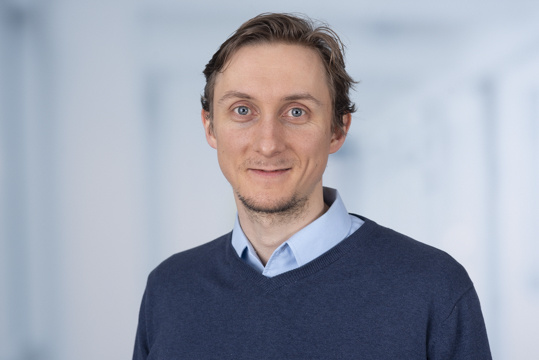
Dr. Arthur Jordan
Group Leader
Tel.: 0228 287-16110
Before my training in neurology and epileptology, I studied the effects of temporal lobe seizures on the autonomic nervous system as part of my doctoral thesis. The programming skills I acquired during this time, along with my fascination for biosignals combined with my experience in the development and manufacturing of wearables (design of electronic systems, CAD and 3D printing, various manufacturing methods of "rapid prototyping," firmware and Android app development), now enable innovative translational research approaches in neuroscience and medicine, beyond artificial laboratory environments. Through my work as an investigator in two prospective clinical studies (MOND, AUTONOMIC), I also gained experience in study organization and medical device law.
Our research group investigates fundamental brain functions such as memory and sleep in people with epilepsy and in healthy individuals, both inside and outside the clinic. We are particularly interested in the impact of internal (e.g., arousal or breathing) and external contexts (e.g., activities or everyday environments) on epilepsy and memory. Our methodology includes the analysis of data from intracranial recordings, surface EEGs, and multimodal wearables, which we design according to our own needs. With self-developed neurotechnologies, such as a multimodal, mobile ear-EEG or sensory stimulators, we aim to generate novel neuroscientific insights and integrate them into practice. Through interdisciplinary expertise in medicine, neuroscience, and technology, we are able to find innovative solutions that range from transistors to optimized sensor and effector systems. This enables us to gain a comprehensive understanding of brain functions, from individual nerve cells to behavior in everyday life, while simultaneously creating practical solutions for clinical challenges.
Staff:
- Kunal Runwal, M.Sc.
- Lisa Haaga (Doktorandin in Kooperation mit AG Krüger)
Publications (selected):
- Bausch, M., Niediek, J., Reber, T. P., Mackay, S., Boström, J., Elger, C. E., & Mormann, F. (2021). Concept neurons in the human medial temporal lobe flexibly represent abstract relations between concepts. Nature Communications, 12(1), 6164. https://doi.org/10.1038/s41467-021-26327-3
- Jordan, A.*, Bausch, M.*, & Surges, R. (2019). Semi-automatic quantification of seizure-related effects on heart activity. Epilepsy Research, 157, 106187. https://doi.org/10.1016/j.eplepsyres.2019.106187
- Mormann, F*., Bausch, M.*, Knieling, S., & Fried, I. (2019). Neurons in the Human Left Amygdala Automatically Encode Subjective Value Irrespective of Task. Cerebral Cortex (New York, N.Y.: 1991), 29(1), 265–272. https://doi.org/10.1093/cercor/bhx330
- Reber, T. P., Bausch, M., Mackay, S., Boström, J., Elger, C. E., & Mormann, F. (2019). Representation of abstract semantic knowledge in populations of human single neurons in the medial temporal lobe. PLOS Biology, 17(6), e3000290. https://doi.org/10.1371/journal.pbio.3000290
- Reber, T. P., Mackay, S., Bausch, M., Kehl, M. S., Borger, V., Surges, R., & Mormann, F. (2023). Single-neuron mechanisms of neural adaptation in the human temporal lobe. Nature Communications, 14(1), 2496. https://doi.org/10.1038/s41467-023-38190-5
Funding /Grants:
- Federal Ministry of Education and Research
- AUTONOMIC
- Prize money, 1st Medicine Pitch Contest Bonn
Collaborative Research Consortia / Scientific Co-operations:
- Max Planck Institut für Empirische Ästhetik, Frankfurt
- TRA Modelling
Vacancies:
We are currently looking for candidates for doctoral theses (both medical and scientific), as well as for bachelor's and master's theses. Depending on qualifications, positions as research assistants (wiss. Mit.) or student assistants (SHK/WHK) may also be available. If you are interested, please send your CV and a short motivation letter to




